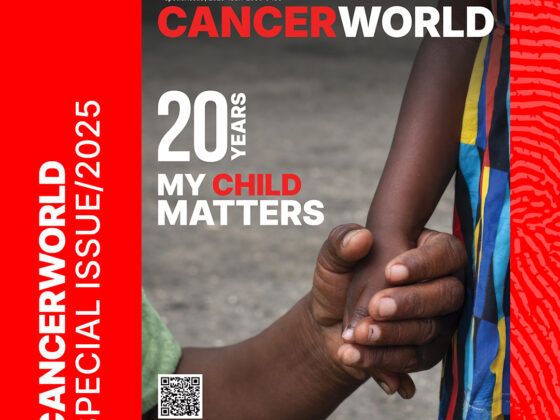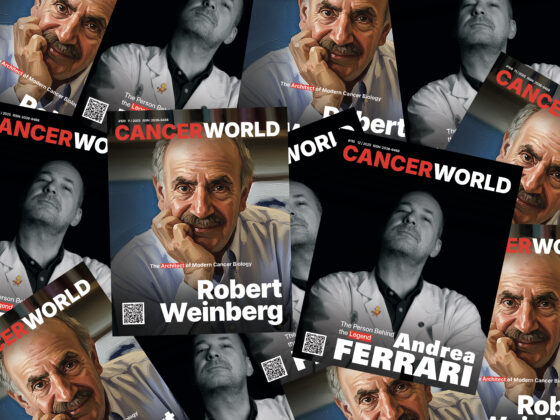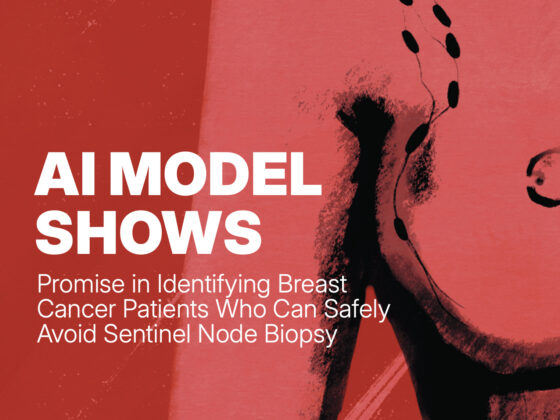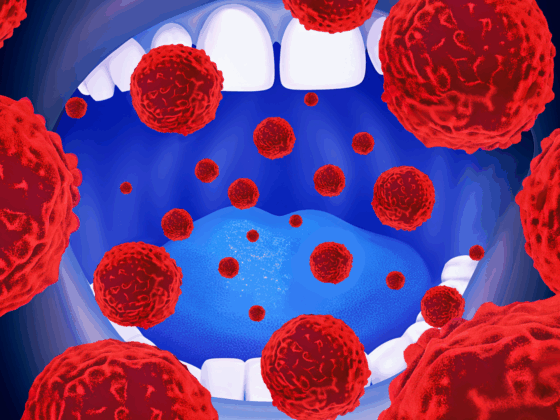Between 1975 and 2019 breast cancer deaths dropped by 58% due to a combination of screening mammography and improved treatment. The US modelling study published in JAMA, 16th January 2024, found that by 2019 nearly one third of the decrease could be attributed to advances in treating metastatic breast cancer.
“What really surprised us was that the relative contribution of metastatic treatment to reductions in calendar-year-specific breast cancer deaths was larger than we had anticipated,” Sylvia Plevritis, the corresponding author of the study, tells Cancerworld.
The research represents the first time the relative contributions of screening mammography, early-stage treatment and metastatic treatment on breast cancer mortality have been quantified. “The results will help to identify gaps in care where we need to guide future cancer control interventions to make the biggest difference to survivorship,” says Plevritis, Chair of the Department of Biomedical Data Science at Stanford University School of Medicine.
The current paper is the third in a trio of papers from the Cancer Intervention and Surveillance Modelling Network (CISNET), established in 2000 by the US National Cancer Institute (NCI) to understand the impact of cancer surveillance, screening and treatment on cancer incidence and mortality. Using simulation modelling, the CISNET investigators previously reported in N Engl J Med in 2005 and JAMA in 2018 that improvements in breast cancer screening and therapy for stage I to III breast cancer between 1975 and 2012 in the US were associated with reduction in breast cancer mortality. However, the association between changes in metastatic breast cancer treatment and improved breast cancer mortality has been unclear.
For the current study, funded by the National Institutes of Health (NIH), the investigators used updated CISNET models to estimate the associations of stage I–III and metastatic breast cancer treatments and screening mammography with age-adjusted breast cancer mortality rates in the US between 1975 and 2019 for women aged 30 to 79 years. Deaths due to breast cancer overall and by oestrogen receptor (ER) and ERBB2 (formerly HER2) status were simulated.
The team used four computer breast cancer simulation models: model D (developed by Dana-Farber Cancer Institute), model M (MD Anderson Cancer Center), model S (Stanford University), and model W (University of Wisconsin-Harvard). Each model used a distinct approach, formulated through microsimulation or analytic framework or a combination of both, with data then validated against clinical trials. “Breast cancer is a very heterogenous disease with many different subtypes. Models allow us to understand what effects different types of treatment have on mortality for different subtypes across the continuum of breast cancer care,” explains Plevritis.
Altogether, the study involved data from 82,252 breast cancer patients (including 7,740 with metastatic disease) obtained from the National Comprehensive Cancer Network Outcomes (NCCNO) database.
By the end of 2019, the study showed a 58% decline in US breast cancer mortality, with 29% attributed to metastatic breast cancer; 47% to treatment of stage I–III breast cancer; and 25% to screening mammography.
Based on simulations, the greatest change in survival following metastatic recurrence occurred between 2000 and 2019, from 1.9 years (model range, 1.0–2.7 years) to 3.2 years (model range, 2.0–4.9 years).
Survival time varied according to subgroup status. Patients with ER positive and ERBB2 positive cancers saw an average increase in survival times of 2.5 years between 2000 and 2019. Those with ER positive and ERBB2 negative cancers lived an average of 1.6 years longer; while those who were ER negative and ERBB2 negative lived an average of 0.5 years longer.
“The largest mortality reduction from screening and treatment collectively was estimated in ER+/ERBB2+ breast cancer; and the smallest, in ER–/ERBB2– breast cancer. Similarly, the largest improvement in survival after metastasis was estimated in ER+/ERBB2+ disease; and the smallest, in ER–/ERBB2– disease. These differences may reflect the efficacy of targeted treatments of ER+ and ERBB2+ cancers,” write the authors.
In the next iteration of the model, the team are introducing neoadjuvant chemotherapy to understand the mortality effects of giving breast cancer patients drugs prior to surgery. Other CISNET projects are modelling mortality in bladder, cervical, colorectal, oesophageal, gastric, lung, prostate and uterine cancers and multiple myeloma.
In an accompanying editorial Stephanie Wheeler (University of North Carolina at Chapel Hill), Gabrielle Rocque (University of Alabama at Birmingham), and Ethan Basch (University of North Carolina at Chapel Hill), write, “Models such as those developed by CISNET investigators serve as an essential tool to help clarify and quantify for decision-makers the population health return on decades-long investments in research, clinical care, and public health programming.”
However, there remain individuals with rapid disease progression who do not respond to current therapies and those with higher mortality rates without adequate treatment options, such as triple-negative cancers. “Resources should be committed toward achieving advances across the continuum of disease and with particular attention to populations that face unequal care outcomes to ensure that benefits of innovation reach all patients,” they write.
A limitation of the study, add the editorialists, was lack of evaluation of subpopulation-specific estimates in marginalised populations (such as rural, Black, and uninsured patients), who continue to experience poorer breast cancer outcomes. “Future modelling work should evaluate how changes in screening and treatment affect care and outcome disparities across subpopulations to inform research and implementation planning as well as intervention and policies to help address gaps and improve equity,” they write.












